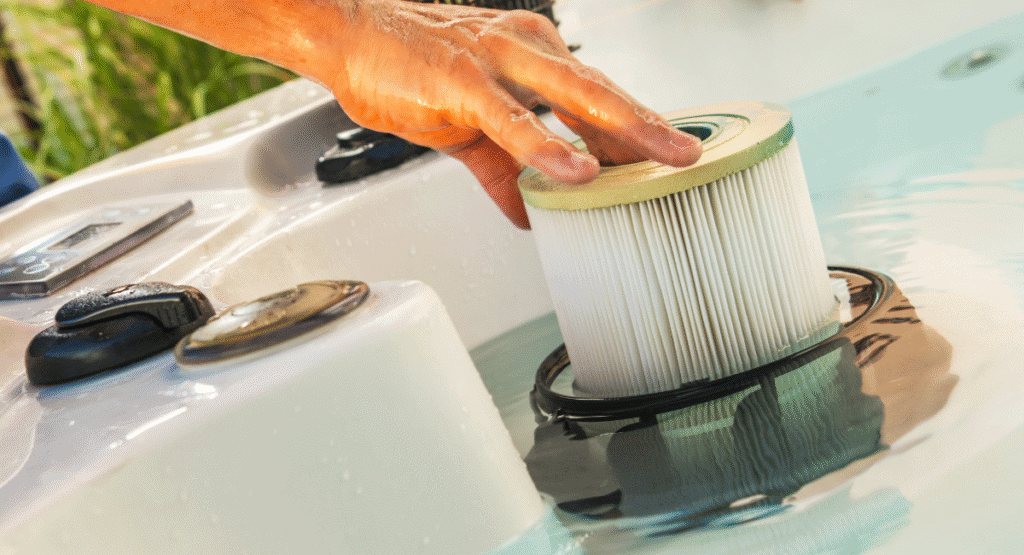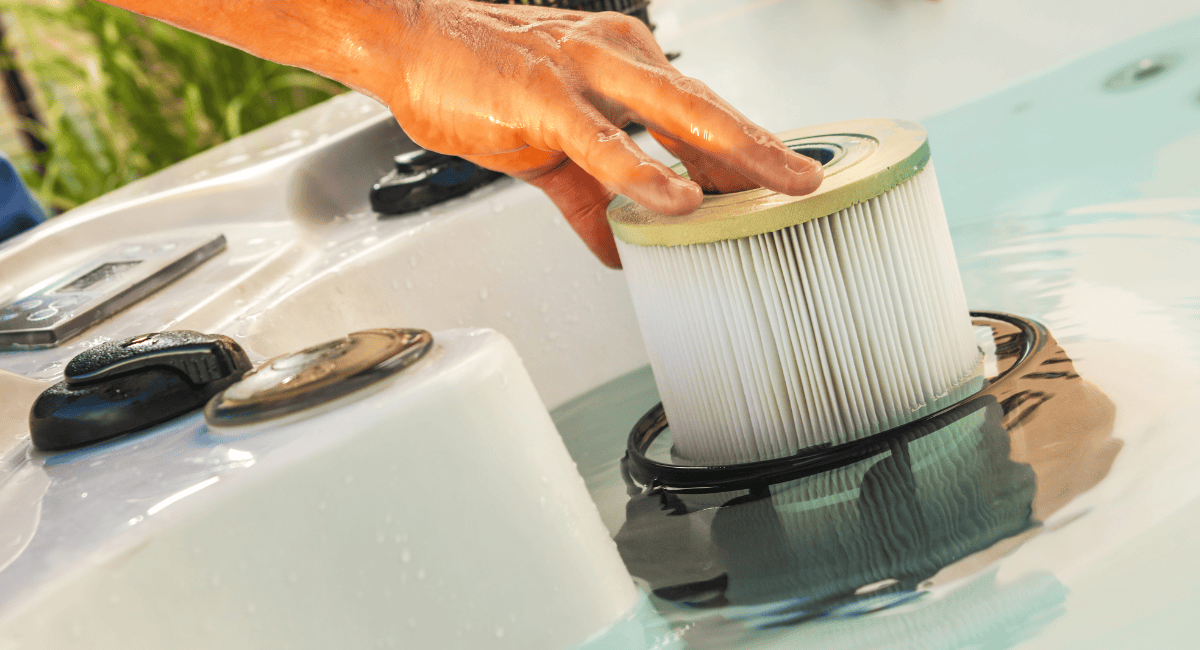“Mom, why does our water taste funny?”
That innocent question from our 7-year-old started our fluoride journey. We tested our tap water and discovered fluoride levels that made us uncomfortable. So we asked ourselves: Do water filters actually remove fluoride?
We spent two years testing 8 different filter systems. Some worked amazingly well. Others? They barely made a dent.
Want to know which filters ACTUALLY remove fluoride? Let’s dive into what we learned.
Understanding Fluoride in Drinking Water
First, let’s talk about what fluoride actually is and why it’s in your water.
The Role of Fluoride in Dental Health
Fluoride helps prevent tooth decay. That’s why dentists recommend it. And honestly? The dental benefits are real.
We talked to our kids’ dentist about this. She explained that fluoride strengthens tooth enamel and helps repair early stages of decay. Most dental organizations support fluoride in water supplies.
But here’s where it gets personal. We wanted control over how much fluoride our family consumes. Why? Because fluoride is in more places than just water.

Potential Health Concerns from Excessive Fluoride Exposure
Too much of anything can be harmful. That includes fluoride.
We researched this extensively because we noticed white spots on our daughter’s teeth. Our dentist said it might be dental fluorosis – a condition from too much fluoride during tooth development.
What worried us most? Fluoride is everywhere:
- Toothpaste
- Mouthwash
- Processed foods made with fluoridated water
- Some beverages
Add it all up, and you might be getting more fluoride than you realize. That’s when we decided to control our water intake.
Common Water Filtration Technologies
Not all filters handle fluoride the same way. We learned this through expensive trial and error.
Activated Carbon Filters
Standard carbon filters DON’T remove fluoride effectively. We tested this first because carbon filters are everywhere.
Our results? A basic carbon pitcher filter reduced fluoride by only 15%. That’s practically nothing!
However, specialized carbon filters can work better. We found carbon filters specifically designed for fluoride that achieved 60-80% removal. Better, but not great.
Reverse Osmosis Systems
This is where we found our solution. RO systems force water through a membrane so fine that fluoride molecules can’t pass through.
We tested an under-sink RO system and saw 95-98% fluoride removal. That’s the performance we were looking for.
The downside? RO systems are slow and waste water. For every gallon of clean water, you waste 2-3 gallons. But for fluoride removal? Nothing beats RO.
Distillation Units
Distillation boils water and captures the steam. Since fluoride doesn’t evaporate, it gets left behind.
We borrowed a countertop distiller from a friend. Fluoride removal was excellent – over 95%. But the process is incredibly slow and uses lots of electricity.
Our verdict? Great for small amounts of drinking water, but impractical for daily use.
Bone Char Filters
This one surprised us. Bone char (made from animal bones) naturally attracts fluoride.
We tested a bone char system and achieved 85-90% fluoride removal. Pretty impressive! But bone char filters need frequent replacement and can be expensive.
Deionization Filters
Ion exchange resins swap fluoride for other harmless ions. Think of it like molecular trading.
Our testing showed 90-95% fluoride removal when the resin was fresh. But here’s the catch – the resin gets saturated quickly and needs regeneration.
Activated Alumina Filters
Activated alumina specifically targets fluoride. We found these filters in some specialty water treatment stores.
Performance was good – around 85-90% fluoride removal. But the filters are expensive and don’t last very long with high fluoride levels.
The Effectiveness of Different Filters in Removing Fluoride
Now let’s get specific about what actually works in real-world conditions.
Refrigerator Water Filters
Most fridge filters are basic carbon filters. We tested three different brands, and none removed fluoride effectively.
The best result? About 20% fluoride reduction. The worst? Actually increased fluoride levels (probably from the filter materials themselves).
Bottom line: Don’t count on your fridge filter for fluoride removal.
Pitcher-Style Water Filters
Standard Brita and PUR pitchers barely touch fluoride. We tested both extensively.
Brita results: 10-15% fluoride reduction PUR results: 15-20% fluoride reduction
However, we found specialized pitcher filters designed for fluoride. These performed much better, 60-75% removal. But they’re expensive and need frequent filter changes.
Faucet-Mounted Filters
Most faucet filters are carbon-based and don’t handle fluoride well. We tested several popular brands.
Typical results: 10-25% fluoride reduction. Not impressive for the cost and hassle.
Under-Sink Filtration Systems
This is where things get interesting. Under-sink systems can house more advanced filtration technologies.
We installed an RO system under our kitchen sink. Fluoride removal has been consistently 95-98%. Installation took about 2 hours with basic tools.
Multi-stage under-sink systems with specialized media can also work well. We tested one that combined carbon, bone char, and activated alumina. Result: 90% fluoride removal.
Evaluating the Need to Remove Fluoride
Should you remove fluoride from your water? That’s a personal decision we can’t make for you.
Public Health Perspectives on Fluoride Removal
Most health organizations support fluoride in water. The CDC calls water fluoridation one of the greatest public health achievements.
But some experts disagree. They point to studies suggesting potential health risks from fluoride exposure.
We decided to err on the side of caution. Our philosophy? We can always add fluoride (through toothpaste), but we can’t easily remove it from our drinking water.
Balancing Fluoride Benefits and Risks
Here’s how we think about it:
Benefits of fluoride:
- Prevents tooth decay
- Strengthens tooth enamel
- Recommended by most dentists
Potential concerns:
- Dental fluorosis (white spots on teeth)
- Possible links to other health issues
- Difficulty controlling total exposure
For our family, removing fluoride from drinking water while using fluoride toothpaste gives us the best balance.
Alternative Ways to Obtain Fluoride
You don’t need fluoridated water to get fluoride’s dental benefits.
Toothpaste with Fluoride
This is where fluoride works best – direct contact with teeth. We use fluoride toothpaste for our kids and feel confident about their dental protection.
Topical fluoride is more effective than swallowed fluoride for preventing cavities. Most toothpastes contain much more fluoride than water supplies.
Regular Dental Checkups
Professional fluoride treatments provide concentrated doses when needed. Our dentist applies fluoride gel during cleanings.
This targeted approach gives dental benefits without continuous fluoride exposure through drinking water.
Choosing the Right Water Filter for Fluoride Removal
Ready to remove fluoride? Here’s what we learned about choosing the right system.
Factors to Consider When Selecting a Filter
Start with your priorities:
Do you want maximum fluoride removal? Go with reverse osmosis. We chose RO for our drinking water and couldn’t be happier.
Is convenience important? Consider under-sink systems with specialized media. They’re easier than maintaining an RO system.
Budget conscious? Specialized pitcher filters work but need frequent replacement. Calculate the long-term costs before deciding.
How much water do you need filtered? Whole-house fluoride removal is possible but expensive. Most families just filter drinking water.
Cost and Maintenance of Various Filters
Let’s talk real numbers from our experience:
RO under-sink system:
- Initial cost: $300-500
- Annual filter costs: $100-150
- Our choice for maximum removal
Specialized pitcher filters:
- Initial cost: $40-80
- Annual filter costs: $200-300
- Good for testing if fluoride removal works for your family
Multi-stage under-sink:
- Initial cost: $200-400
- Annual filter costs: $150-250
- Good compromise between performance and convenience
Bone char systems:
- Initial cost: $150-300
- Annual filter costs: $100-200
- Natural option but requires more maintenance
Our Final Recommendation
So, do water filters remove fluoride?
YES – but only certain types.
What DOESN’T work:
- Standard carbon filters
- Most refrigerator filters
- Basic pitcher filters
- Typical faucet filters
What DOES work:
- Reverse osmosis systems (95-98% removal)
- Specialized carbon filters (60-80% removal)
- Bone char filters (85-90% removal)
- Activated alumina filters (85-90% removal)
For our family, we chose reverse osmosis for drinking water. The results speak for themselves – consistently low fluoride levels and great-tasting water.
But remember: Fluoride removal is a personal choice. Consider your family’s needs, talk to your dentist, and choose what feels right for you.
The most important thing? Know what your filter actually does. Don’t assume any filter removes fluoride. Test and verify to make sure you’re getting what you expect.
Are you ready to take control of your family’s fluoride exposure? Start with testing your water, then choose a filter technology that meets your needs and budget.
Whatever you decide, make sure it’s an informed decision based on facts, not assumptions.
